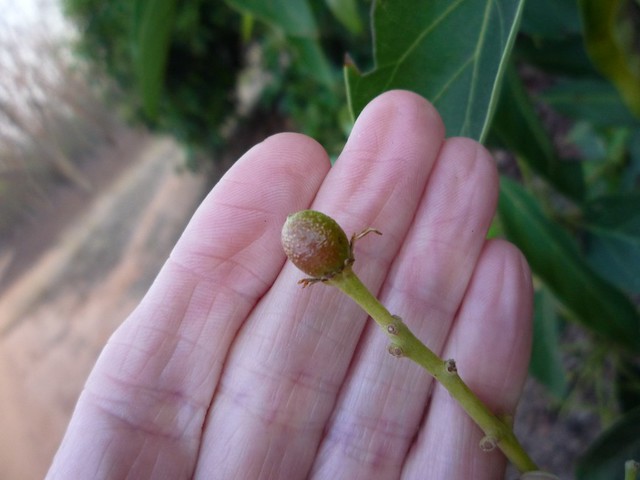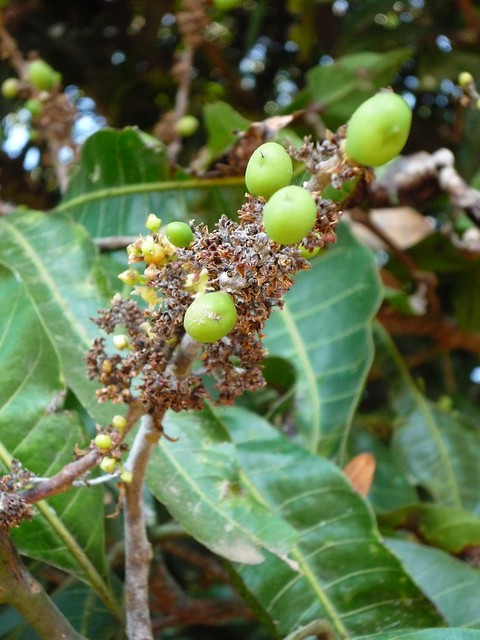As South Africa goes through the throws of a bitterly cold patch with a first-time-ever of snow in all nine provinces, I continue to harvest from my garden in sunshine. Incredible.

The girls however have decided that they want babies and all but Ethel have stopped laying. Ethel, my midget chicken, lays one tiny egg a day and the other three pile onto it to try to hatch it. So all three end up on top of each other on top of the tiny egg.

I wonder how long being broody lasts?
Despite the go-slow on egg production I have ended up having a few too many eggs as I have not been eating them, so I needed to make something. I am currently reading about, and learning, how to preserve foods, I decided to try pickling them. I had never eaten a pickled egg until last year when I gave it a try and I was surprisingly pleased with the taste. On investigation the recipes around are diverse and it seems anything goes as long as you include eggs and vinegar – so one can experiment with your own flavours.

Because my farm eggs are tiny I was able to fit twelve eggs into a large-ish size canning jar.

Hard boil the eggs and while they are boiling, boil up a cup or two of vinegar with some pickling spices and add whatever flavours you like. (Don’t forget some salt)

I used curry powder and turmeric (for yellow eggs) and a teaspoon or two of sugar just for that slightly sweet taste. I used my homemade pineapple vinegar which I think will be complimented by the curry flavour.

Chop up an onion (if you like) and put it in the bottom of your clean bottle and then pack in the peeled hard-boiled eggs. Cool your vinegar mix and pour this over your eggs. You can dilute your vinegar down with some water if you don’t like very vinegary pickles.

Store in the fridge for a week before you start eating them. They can be stored in your refrigerator in this way for months. My next batch I will make red by adding a beetroot to the mix. Delicious!
During the process of pickling the eggs I used up all my homemade pineapple vinegar so I quickly started a new batch of vinegar – apple this time.

You will need an apple (or just apple peels and core), some non-chlorinated water, a clean bottle and a bit of sugar. (For pineapple vinegar just use your scraps and peels)
Chop up the apple into chunks,

Place them in the bottle and cover with a tablespoon of sugar.

Fill to the top with water and cover with a piece of cloth and an elastic band (or string)

Leave to ferment outside of the fridge for a few weeks. (Don’t let it get too cold or else your living culture will die)
You will be able to smell when it first turns to wine and then to vinegar. Once the vinegar reaches the acidity and taste you enjoy strain it and bottle.
And finally, I eventually got a good photo showing you how Cleo ignores the giraffes around here. It never ceases to amaze me how she pretends they do not exist.

-24.367850
30.756236
































 Recipe
Recipe







 Close-up of clean break
Close-up of clean break





